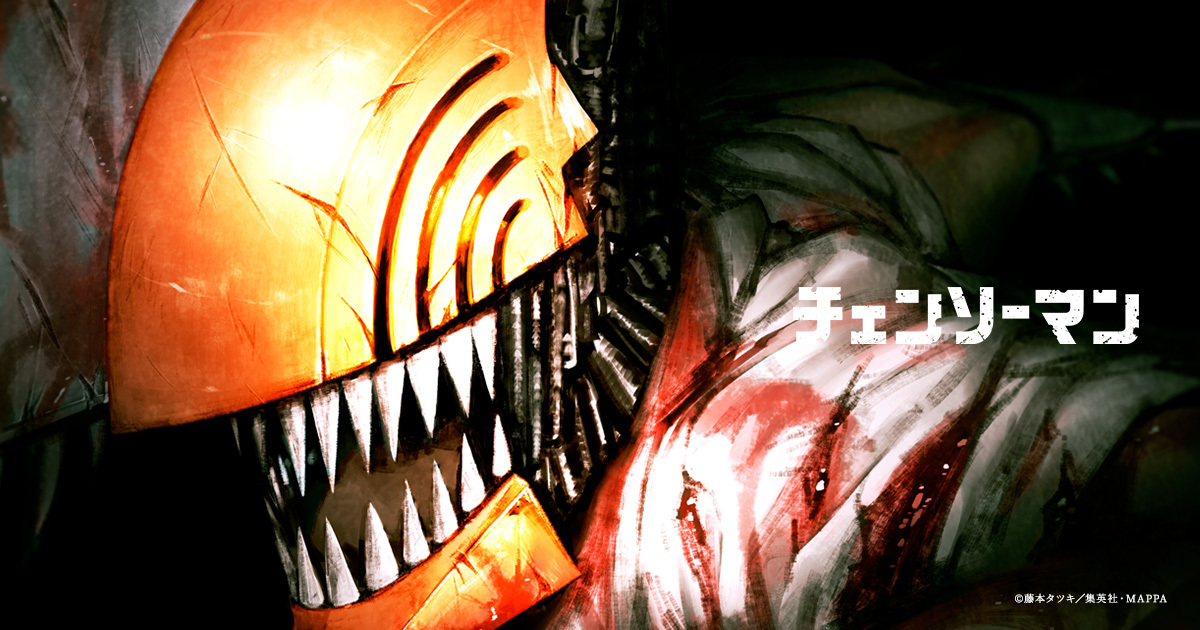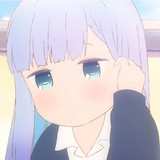#The Role of Studio Ghibli in the Final Evangelion Movie

“#The Role of Studio Ghibli in the Final Evangelion Movie”
Studio Khara recently featured a special video on the animation production of Evangelion: 3.0+1.0 Thrice Upon a Time, the fourth and final Rebuild of Evangelion film that is the finale of the entire Evangelion franchise. The studio revealed that they headed to Studio Ghibli, best known for anime films such as Princess Mononoke, Spirited Away, and Howl’s Moving Castle, to shoot animation using the old-fashioned way. Creator Hideaki Anno has had a long relationship with Studio Ghibli — one of his first roles included working on Hayao Miyazaki’s Nausicaä of the Valley of the Wind.
Hideaki Anno and his team at Studio Khara wanted to animate a sequence in the film the old-fashioned way instead of using digital drawing pads. The method utilizes physical drawings of the sequence present, then photographing each cel frame by frame with an animation-shooting table. Since Studio Khara lacked one, they took their materials and went to Studio Ghibli to borrow the machine. The tweet also mentions how this is the only machine left in Studio Ghibli, which makes it even more precious as the old-guard of classical animation production.
#シンエヴァ 上映中
【制作こぼれ話】
VOYAGERが流れる中、映像がアニメの制作過程を遡っていくシーンでの表現では、アナログセル時代の「動撮」も描かれていました。
忠実な当時の「動撮」の再現を目指し、スタジオジブリさんが1台だけ遺している撮影台で経験者の手により撮影されています。 pic.twitter.com/5IZ0vuKuD7— (株)カラー 2号機 (@khara_inc2) May 11, 2021
In the video, the technician first lays the background art down, then layers the various cels for the protagonist, Shinji. A cel is short for “celluloid,” where objects are painted on cel sheets as part of the animation process. Cels are often created in layers and are highly labor-intensive as tens of thousands of cels are required for a feature-length film. In the past, it was cost-effective because an animator did not need to redraw an entire face to make the character’s mouth move, for example. They could simply draw different mouths and layer them on top of the character’s face. These cel layers were placed behind one another to give the illusion of continuous motion. In the video, Shinji’s face, hair, body, clothing are separate pieces of art.
Between each layer, the technician cleans the artwork with a soft glove and duster to ensure there are no specks of dust or dirt. As a result, a clean shot is produced, and it showcases the attention to detail needed when it comes to classical animation production.
This video provides insight into animation production from decades ago before the industry shifted to digitization, and it certainly has opened up more perspectives on animation history. Keep Your Hands off Eizouken! also discusses cel animation production for episode two, so if you are interested, you can watch the episode to find out more.
Source: SoraNews24, Studio Khara official Twitter
If you liked the article, do not forget to share it with your friends. Follow us on Google News too, click on the star and choose us from your favorites.
For forums sites go to Forum.BuradaBiliyorum.Com
If you want to read more anime-manga articles, you can visit our anime-manga category.



